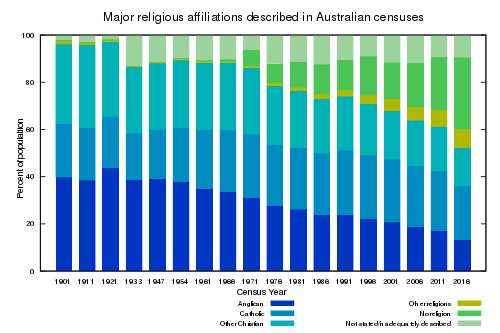
A funeral is a ceremony connected with the final disposition of a corpse, such as a burial or cremation, with the attendant observances. Funerary customs comprise the complex of beliefs and practices used by a culture to remember and respect the dead, from interment, to various monuments, prayers, and rituals undertaken in their honour. Customs vary between cultures and religious groups. Funerals have both normative and legal components. Common secular motivations for funerals include mourning the deceased, celebrating their life, and offering support and sympathy to the bereaved; additionally, funerals may have religious aspects that are intended to help the soul of the deceased reach the afterlife, resurrection or reincarnation.

A ceremony is a unified ritualistic event with a purpose, usually consisting of a number of artistic components, performed on a special occasion.
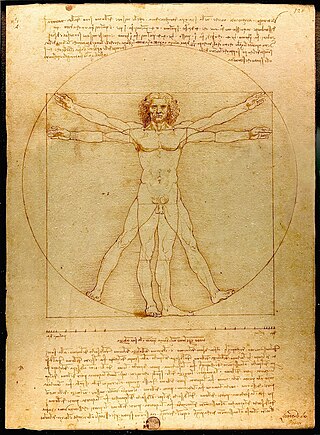
Humanists UK, known from 1967 until May 2017 as the British Humanist Association (BHA), is a charitable organisation which promotes secular humanism and aims to represent "people who seek to live good lives without religious or superstitious beliefs" in the United Kingdom by campaigning on issues relating to humanism, secularism, and human rights. It seeks to act as a representative body for non-religious people in the UK.

Francis Xavier Costigan,, was an Australian lawyer, Royal Commissioner and social justice activist. Costigan is renowned for presiding over the Costigan Commission into organised crime.

Humanist Society Scotland is a Scottish registered charity that promotes humanist views and offers humanist wedding, funeral, and baby-naming ceremonies. It is a member of the European Humanist Federation and Humanists International.
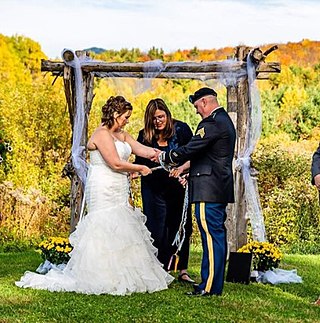
An officiant or celebrant is someone who officiates at a religious or secular service or ceremony, such as marriage, burial, namegiving or baptism.

The Icelandic Ethical Humanist Association is a humanist lifestance organization in Iceland, that promotes secularism, offers celebrancy services and contributes to the spreading of humanism in Iceland and abroad. It is a member of the European Humanist Federation and Humanists International.

In Australia, celebrants or civil celebrants are people who conduct formal ceremonies in the community, particularly weddings – which represent the main ceremony of legal import conducted by celebrants –, and for this reason are often referred to as marriage celebrants. They may also conduct extra-legal ceremonies such as naming of babies, renewal of wedding vows, funerals, divorces, becoming a teenager, changing name, significant birthdays, retirements, and other life milestones. Officiating at a marriage requires that the celebrant be an authorised marriage celebrant under Australian law, or the law where the marriage takes place, but officiating at non-legal ceremonies does not.
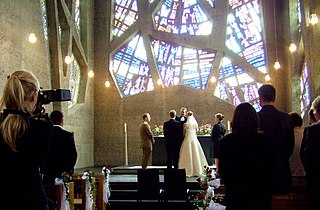
A marriage officiant or marriage celebrant is a person who officiates at a wedding ceremony.

A humanist celebrant or humanist officiant is a person who performs humanist celebrancy services, such as non-religious weddings, funerals, child namings, coming of age ceremonies and other rituals. Some humanist celebrants are accredited by humanist organisations, such as Humanists UK, Humanist Society Scotland (HSS), The Humanist Society (US), and the Humanist Association of Canada (HAC).
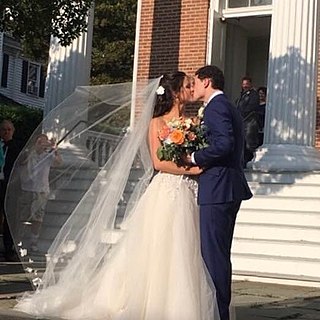
Celebrancy is a profession founded in Australia in 1973 by the then Australian attorney-general Lionel Murphy. The aim of the celebrancy program was to authorise persons to officiate at secular ceremonies of substance, meaning and dignity mainly for non-church people. Up until this point legal marriages were reserved only to clergy or officers of the Births, Deaths & Marriages registry office. These appointed persons, referred to in the Marriage Act of Australia as "authorised celebrants", create & conduct weddings, funerals, namings, house dedications, coming of age and other life ceremonies for those who do not wish to be married or have other ceremonies in a church or registry office.
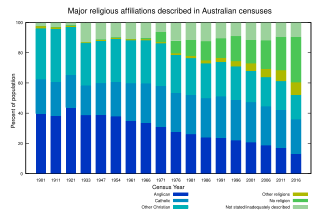
Atheism, agnosticism, scepticism, freethought, secular humanism or general irreligion are increasing in Australia. Post-war Australia has become a highly secularised country. Religion does not play a major role in the lives of much of the population.
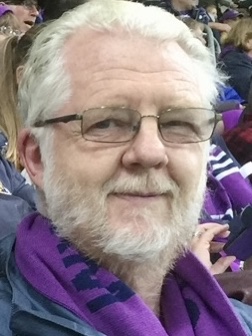
Mark O'Connor is an Australian poet, writer, and environmental activist. He is the author of twelve books of poetry on regions of Australia such as the Great Barrier Reef and the Blue Mountains, often collaborating with renowned nature photographers. He has also written two books on the issue of overpopulation, This Tired Brown Land (1998) and, more recently, Overloading Australia. He has been a staunch advocate of incorporating quality poetry into civil celebrant ceremonies as evidenced for them in his professional development sessions.

In Belgium, organized secularism is the local associations and organizations which provide moral support for naturalist, atheist, agnostic, secular humanist, freethinking, Bright, or irreligious and non-confessional citizens. A person who subscribes to such entities or ideologies, or at least espouses an interest in "free inquiry" apart from religious traditions is described as a "secular" or "free-thinker".

The Birmingham Humanist Group was formed on 23 May 1962 at the Arden Hotel, New Street, Birmingham, England, at a meeting convened by Dr Anthony Brierley. It changed its name to Birmingham Humanists in 2000 and voted to become a Partner Group of the BHA, which changed its name to Humanists UK in 2017. It holds most of its meetings at the rooms of the Community Development trust in Moseley, Birmingham.

Marriage in New Zealand is governed by an Act of Parliament. The minimum marriage age is 18 years, or 16 years with consent of the Family Court. Polygamous marriages are not permitted in New Zealand. There are prohibitions of marriages between some relatives and some who are already in a civil union.

Natasha Johns-Messenger is an Australian conceptual artist and filmmaker, who has lived and worked in New York and Melbourne. Johns-Messenger is best known for her large-scale site-determined installations that examine spatial perception and light. Her work is a complex process of imitation, illusion and trickery, often activated by architectural interventions and optical physics.

Dally Messenger III, is the grandson of the renowned Rugby Union and Rugby League footballer, Herbert Henry “Dally” Messenger. From 1974 he gained prominence as a developer and media spokesperson of the fledgling civil celebrant program founded by Australian Attorney-General, Lionel Murphy. He has also been credited with acknowledged contributions as an author, publisher, editor, historian, and social activist. After leaving the Roman Catholic priesthood in 1968, Messenger became a public critic of the Catholic Church on such issues as birth control, abortion, the place of women, celibacy of the clergy, human rights, and church authority. Messenger has written for various publications, including The Australian and Nation Review. Messenger was founder and editor of the magazine Dance Australia. His books cover diverse topics, including rugby league, children of separated parents, early Melbourne radio, how to design celebrant ceremonies, and the history of celebrancy.
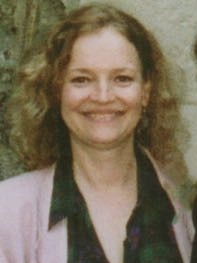
Remi Barclay Messenger, aka Remi Barclay & Remi Barclay Bosseau (b.1946) was a founding member of three prominent professional theatre companies in the New York City area – The Performance Group (l967–70), with Richard Schechner, Whole Theatre (1971–1990) and Voices of Earth (1988–2000), the latter two with Olympia Dukakis as a co-director. Her theatre work included years of acting, directing and teaching as well as creating workshops for a wide spectrum of institutions, schools and universities.

